 Not so much a ramble today, more like a ‘float.’
Not so much a ramble today, more like a ‘float.’
And we’re doing it under Los Angeles.
This is an interesting story, in that it shows how we have callously built over nature and then rediscovered it, even to the extent of it becoming a tourist attraction.
The Los Angeles river lives again
LA’s concrete storm drains conceal a living, breathing waterway that has rarely been explored – until now

Concrete jungle: the LA river flows under Burbank Boulevard. Photograph: Michael Owen Baker/Los Angeles Daily News/Zumapress.com/Alamy
A scorching morning in the San Fernando valley and I am driving up and down Balboa Boulevard, parks and fields either side of the motorway, lost. The talking GPS on my dashboard has lapsed into silence, defeated by an arcane destination with no zip code. I spy a park attendant emptying a bin and pull over to ask directions. He eyes me, baffled. I wonder if he is deaf and repeat the question. He still looks confused. “Did you say river?” Yes, I reply. Where is the river? He shakes his head. “What river?”
I find an elderly woman with a straw hat walking her terrier and ask the same question. She looks puzzled. “What river, honey?” The river I am supposed to kayak, I reply. She looks at me compassionately, as if I have sunstroke. “I don’t think you’re in the right place.”
But I am. Swishing below, all but invisible from the park and motorway above, is the Los Angeles river. A river with water, fish, tadpoles, birds, reeds, banks, a river that flows for 52 miles skirting Burbank, north Hollywood, Silver Lake, downtown and Compton and empties into the Pacific Ocean at Long Beach. A regular river, except that to most Angelenos it’s a secret. I ask three other people and receive the same blank looks until finally a park ranger confirms that, yes, there is a river at the bottom of a ravine all of 150ft away.
There, amid the reeds, bob a dozen little green and red kayaks, and people wearing helmets and lifejackets are clambering inside them. It is the inaugural season of LA River Expeditions, a pioneering effort to reclaim a waterway that vanished from the city’s consciousness almost a century ago. “Welcome,” says George Wolfe, the group’s founder. “I hope you’re ready for adventure.” We push off into the current.
Until recently this excursion would have been considered not just mad but illegal. City authorities encased the river bed in concrete in the 1930s, turning it into a flood-control channel that was a byword for contamination and forbidden to boaters. For decades it languished all but forgotten, save for Hollywood using its storm drains in films such as Grease and Terminator 2. Now, however, it has formally opened to boating tours, specifically kayaks and canoes. Activists hope it is the first step towards transformation. “It’s a milestone, and hopefully there are more to come,” says Charles Eddy, a board member of Friends of the LA River, and part of this expedition, as he navigates his kayak through brambles. “If you think of the river as a blank palette, people will create all sorts of wonderful things.”

Kayakers paddle under the Woodley Avenue bridge in Los Angeles. Photograph: ZUMA Wire Service / Alamy/Alamy
The kayak excursions are the latest twist in California’s water wars, a saga immortalised in Roman Polanski’s 1974 film Chinatown, a neo-noir exploration of intrigue and treachery with Jack Nicholson and Faye Dunaway set during the state’s 1930s battles over land and water rights. The river, fed by streams from the Simi hills in Canoga park, originally provided food, water and transport for Gabrielino Indians and Spanish settlers. After the US seized control from Mexico the city’s water needs outgrew the river. An aqueduct completed in 1913 directed water from the Owens river in the Sierra Nevada mountains to LA, ending dependence on the LA river. Disastrous flooding prompted its conversion – desecration, some critics would say – into a glorified drainage ditch. And so it remained for decades, a butt of jokes, a rubbish dump, out of sight and mind except when used as a backdrop for Hollywood car races and chases….
….
After passing a concrete bridge with graffiti-daubed arches and a shopping trolley half-buried in mud, we enter a wilderness that seems a world removed from the freeways and urban sprawl above. “We call this the Grand Canyon,” says Wolfe, showing his flair for advertising, as we paddle through a mini-gorge 15ft tall. Nature slowly asserts itself. To our left are wild fig trees, descendants of those planted by the Indians, to our right potentially deadly ricin-producing plants. Further on, hallucinogenic jimson weed. “Around the next bend is the Apocalypse Now bit,” says Wolfe. We encounter “fish sticks”: improvised traps made by unknown hands to trap carp, tilapia and other species. A discourse on how to make the traps is drowned out by a passenger jet roaring low overhead, briefly breaking the spell.
The sense that this is something special returns as we moor our boats and slosh ashore, inspecting plants, a turtle shell, a cascade, before resuming the journey. It is difficult to believe that the 405 freeway, the gridlocked bane of LA motorists, is just a mile away. Three hours later we return to where we started, a swampy bank, and moor the kayaks amid some ducks. The tour is over. We saw nothing that would excite David Attenborough. But we glimpsed another LA, one not consumed by automobiles, or turned into a strip mall, where nature and human optimism thrive in a watery realm, an ever so slightly mystic river.

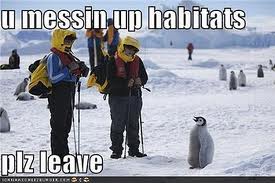








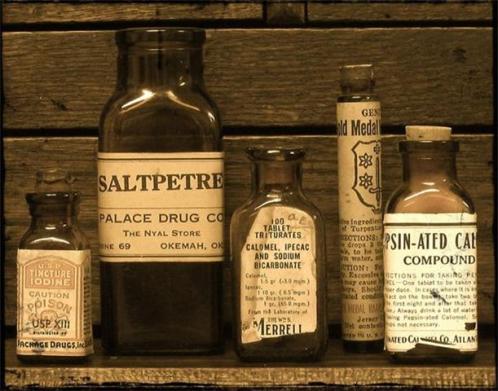

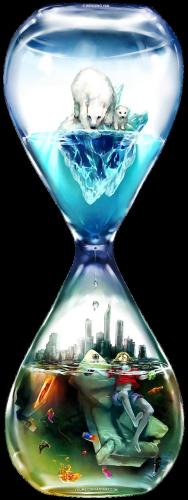
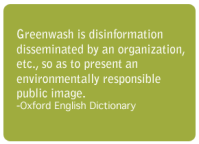
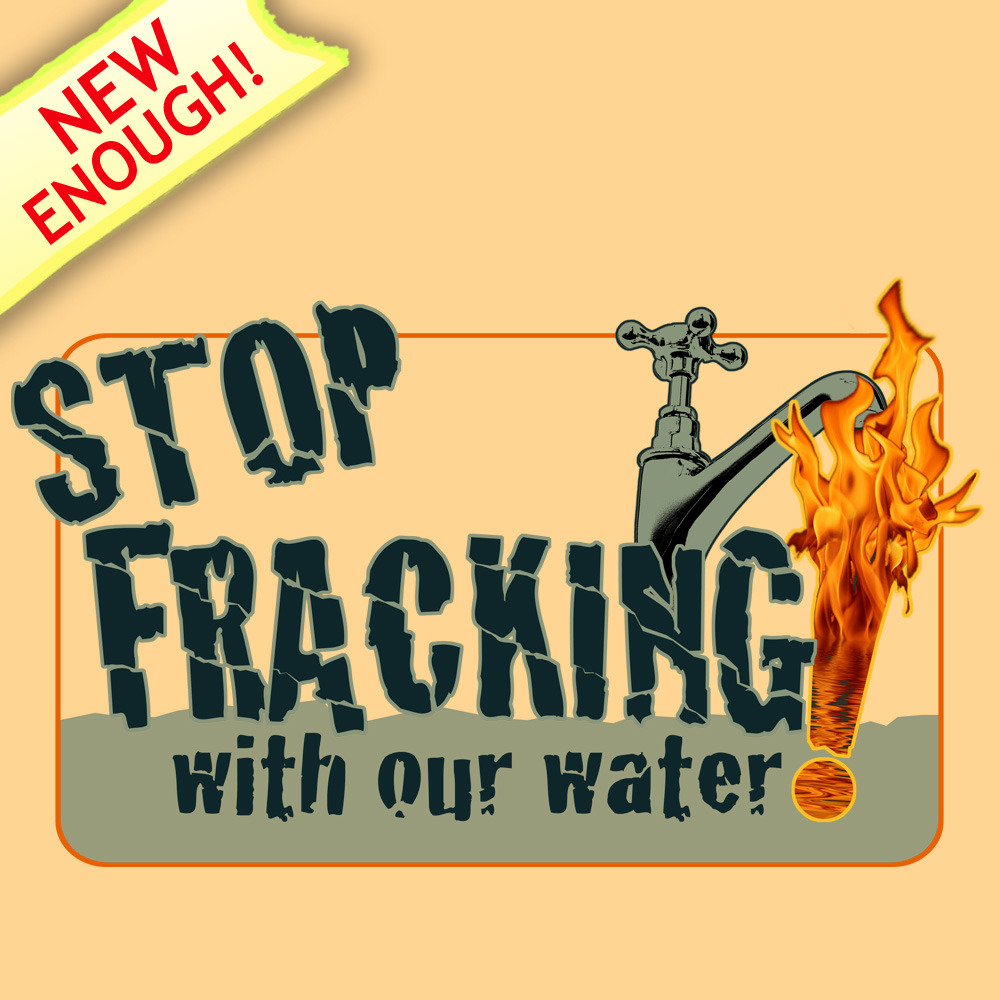

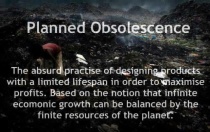


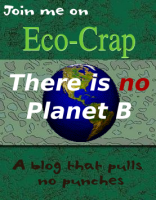


Posted by Alex Jones on October 24, 2012 at 8:13 pm
Nature is good at turning human construction into an eco-habitat.
LikeLike
Posted by argentumvulgaris on October 25, 2012 at 2:16 pm
>Alex, that’s why I think that the planet isn’t really in danger, it will recover all we have done in time. The ones that are in danger, are us, we will become extinct long before the planet does.
AV
LikeLike